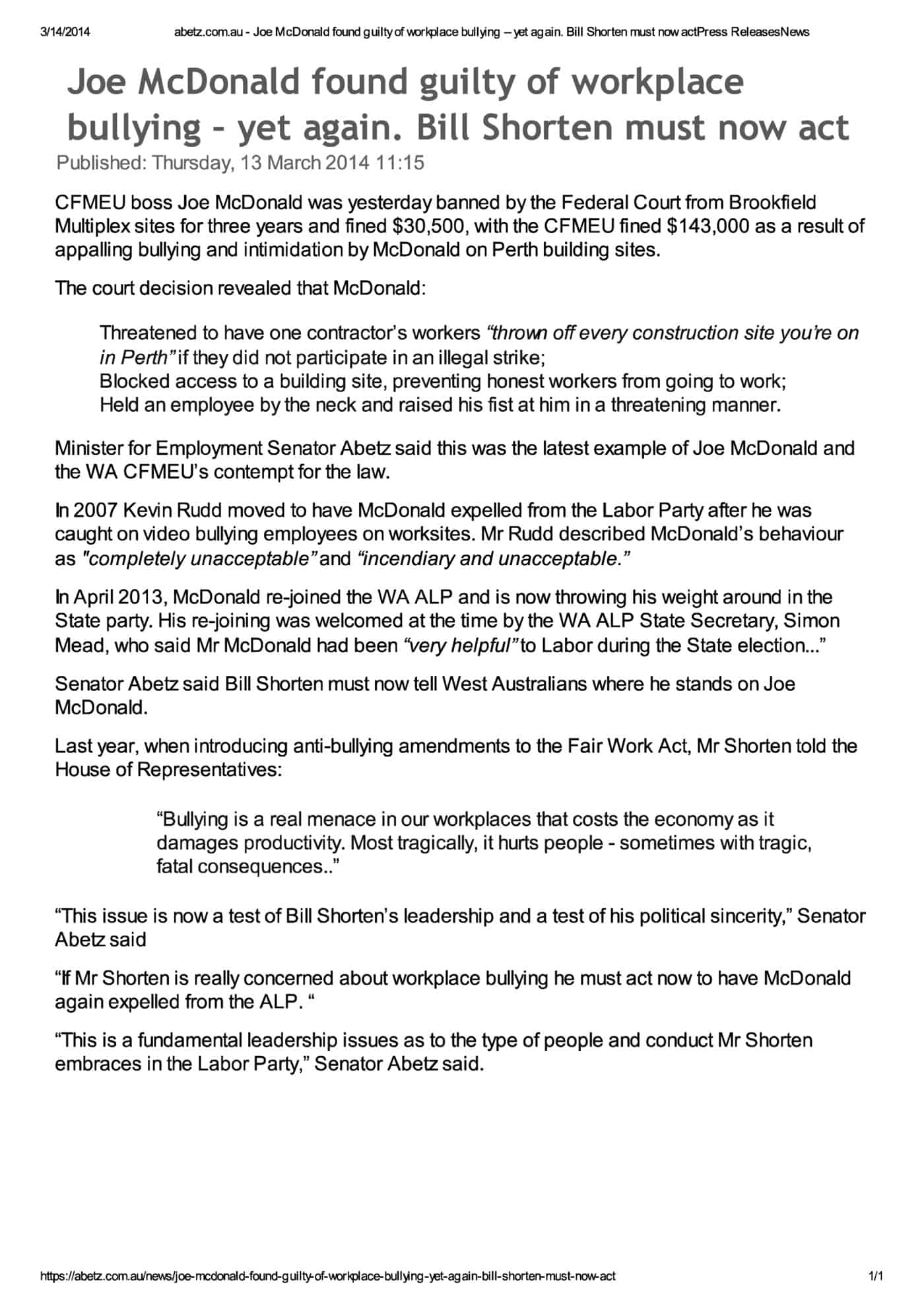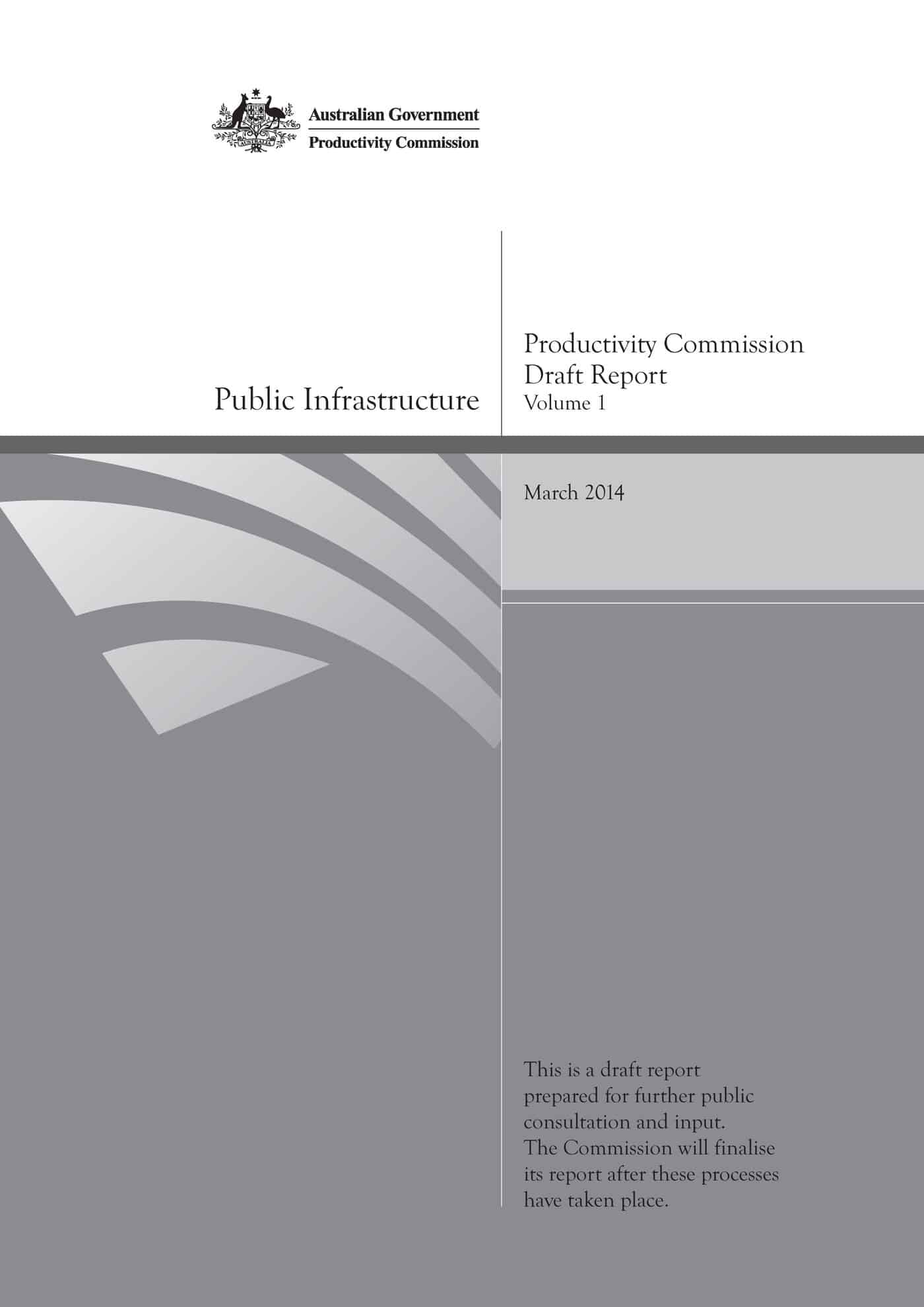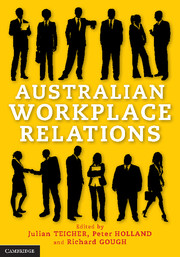HesaMag should be obligatory reading for all OHS professionals, not just those in Europe. The editorial in the most recent edition (9 and not yet on line) is a great example of the value of this free magazine. It critically discusses the upcoming International Workers’ Memorial Day and its significance.
It asks for everyone to enact the commitment shown on each April 28 to every other day of the year. It says:
“Let’s not be taken in by the false sentiment on 28 April, but demand a clear and detailed accounting”
It asks why EU OHS legislation has been so slow to appear or be revised but equally, in Australia, questions should be asked about the status (failure in my opinion) of WHS harmonisaton, the lack of attention to the causes of workplace mental illness, the status of workplace bullying claims in the Fair Work Commission, the lack of attention to heavy vehicle OHS matters by the safety profession and the insidious encroachment of the perception of OHS as a failure of the individual rather than a failure in the system of work. Continue reading “OHS can be a force for social change, if anyone could be bothered”


 Productivity
Productivity